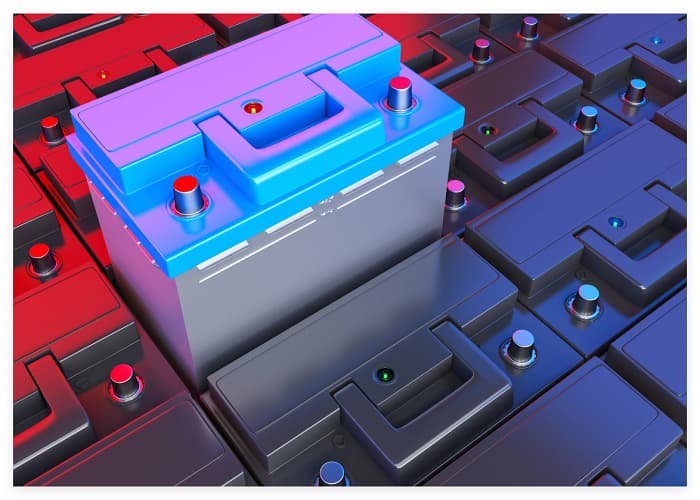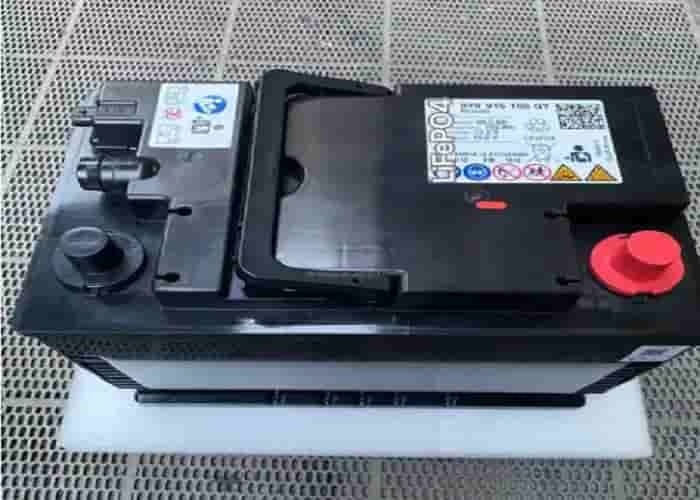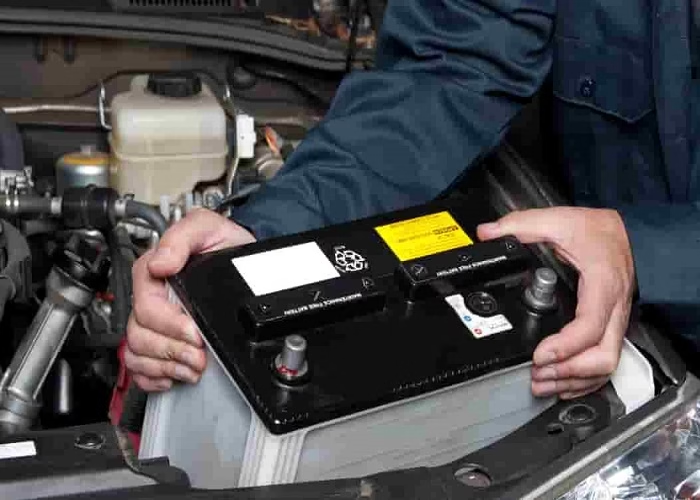How to maintain the battery of new energy vehicles? With the popularization of new energy vehicles, the maintenance of the battery as a core component has become a focus of attention for vehicle owners. Scientific maintenance not only extends the life of the battery, but also improves the safety and economy of the vehicle. The following is a compilation of key maintenance strategies from the dimensions of daily habits, charging management, and environmental adaptation.
I. Optimize charging habits, avoid extreme charging and discharging
Lithium batteries are most afraid of “overcharging and over-discharging”. Daily charging suggests shallow charging and discharging, keeping the power in the 20%-80% range, avoiding frequent depletion of power or full to 100%. Long-distance travel can occasionally full charge, but then should be timely replenishment. Although fast charging is convenient, long-term high-frequency use may lead to accelerated battery degradation, it is recommended to prioritize the use of slow charging, fast charging no more than 2 times a week.
Second, strictly control the temperature, away from extreme environments
Battery performance is sensitive to temperature: range shrinks in low temperature in winter, and thermal runaway is easily triggered by high temperature in summer. Parking in winter, try to choose the underground garage, if necessary, use the vehicle’s own battery heating function; summer to avoid sun exposure, you can use shade equipment or choose a cool place to park. Driving in case of battery overheating warning, should immediately stop to check the cooling system.
Cultivate energy-saving driving habits
Smooth driving can reduce the battery load. Avoid rapid acceleration and braking, and utilize the kinetic energy recovery system as much as possible. When driving at high speeds, the wind resistance increases dramatically after the speed exceeds 100km/h, and the energy consumption rises exponentially, so it is recommended to control the speed to extend the range. Regularly clean up unnecessary items in the car to reduce the load burden.
Regular testing to prevent hidden dangers
It is recommended that every 10,000 kilometers or half a year to 4S stores to test the battery health status, through professional equipment to view the SOC (remaining power) calibration value, battery balance and other indicators. If you find a sudden drop in range, charging anomalies, etc., you need to immediately overhaul, to avoid small problems evolve into security risks.
Fifth, long-term storage has to pay attention to
If the vehicle is idle for a long time (more than 1 month), it is recommended to keep the power at 50% -70% of the storage, and replenish the electricity once a month to prevent the battery from self-discharge leading to power loss. At the same time, disconnect the negative pole of the low-voltage battery to avoid parasitic current loss. The storage environment should be dry and ventilated, and the temperature should be controlled at 15-25℃.
Battery as the “heart” of new energy vehicles, its life directly affects the value of the vehicle. Through scientific charging and discharging, reasonable temperature control, standardized driving and regular maintenance, most batteries can achieve a service life of 8-10 years or more than 200,000 kilometers. Vehicle owners need to abandon the mentality of “use at will, don’t care” and incorporate maintenance awareness into their daily routine to maximize the performance of the battery and enjoy the long-lasting dividends of green mobility.















Leave a Reply